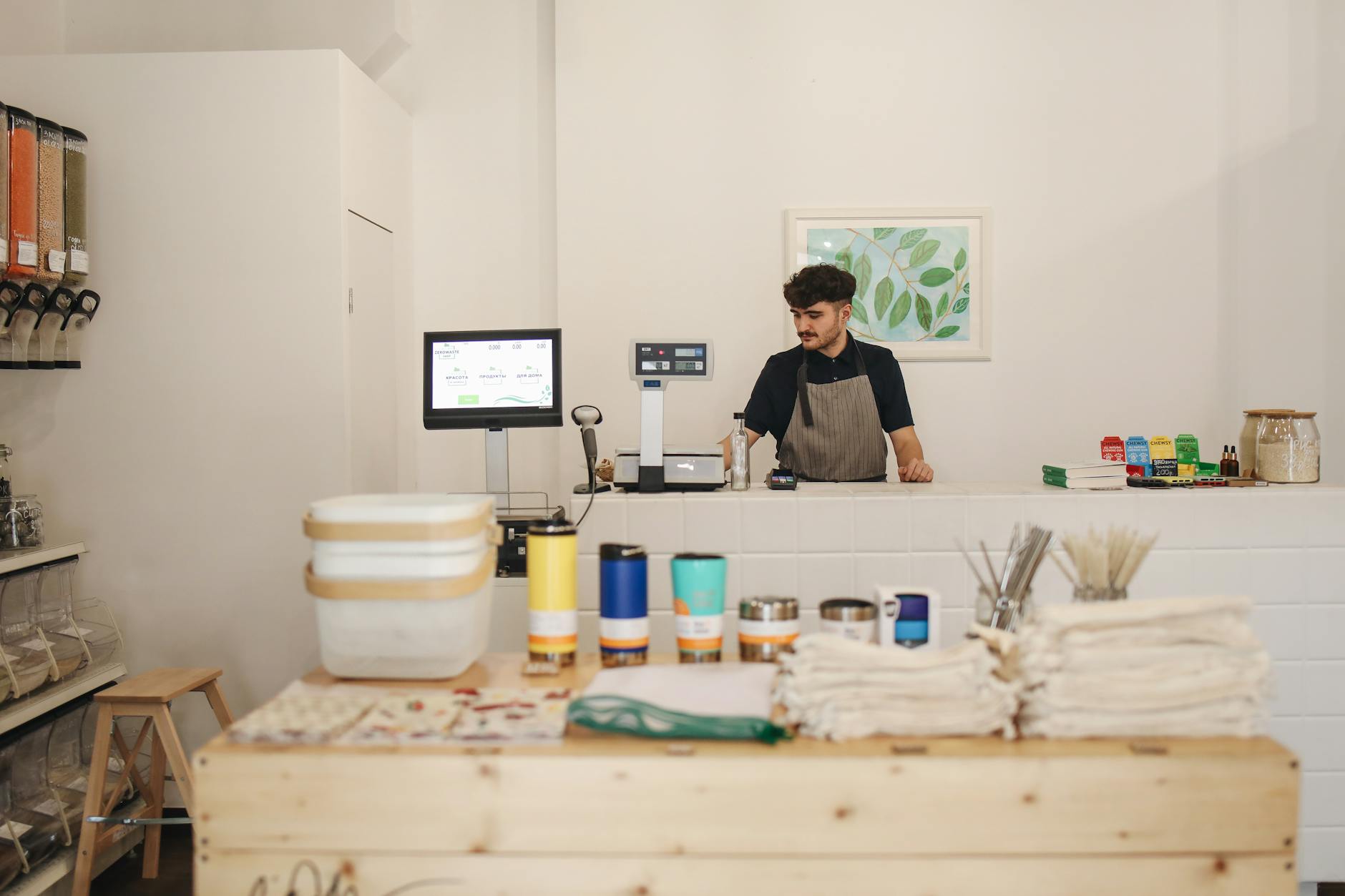From Brick-and-Mortar to Click-and-Order: The Retail Evolution Introduction
In today’s fast-paced world, the retail industry is undergoing a significant transformation. The rise of e-commerce has revolutionized the way people shop, shifting the focus from traditional brick-and-mortar stores to the convenience of online ordering. Retailers must adapt and embrace digital platforms to stay competitive in this evolving landscape. I. The Rise of E-commerce The convenience factor:
Online shopping has brought immense convenience to consumers. No longer do they have to brave crowded stores or wait in long lines. With a few clicks, they can browse a wide range of products and have them delivered to their doorstep. This ease of shopping has significantly contributed to the growth of e-commerce.
The global reach
Unlike physical stores that are limited to a specific geographical area, online stores have the potential to reach a global audience. With access to the internet, businesses can tap into new markets and expand their customer base. This opens up a world of opportunities for retailers, allowing them to cater to diverse consumer preferences and cultural differences.

Lower operational costs
Operating a brick-and-mortar store comes with high overhead expenses such as rent, utilities, and staffing. On the other hand, online stores can significantly reduce these costs. With no need for a physical storefront, businesses can save on rent and utility bills. Additionally, inventory management can be more efficient as online stores can rely on just-in-time inventory, reducing the need for large storage spaces and excess stock.
Transformation and Adaptation Omnichannel retailing
Omnichannel retailing refers to the integration of various channels, including physical stores and digital platforms, to provide a seamless shopping experience. Retailers have realized the importance of integrating both online and offline channels to cater to the evolving needs of consumers. For example, customers may choose to browse products online but prefer to try them in person before making a purchase. By offering options such as in-store pickup or returns for online purchases, retailers can enhance customer satisfaction and build brand loyalty.
Curbside pickup and delivery services
The COVID-19 pandemic accelerated the adoption of curbside pickup and delivery services. These options provide a safe and convenient way for customers to receive their orders without entering a physical store. Retailers quickly adapted to this new reality, implementing efficient pickup and delivery systems. By offering these services, they not only ensure the safety of their customers but also enhance their overall shopping experience.
Augmented reality (AR) and virtual reality (VR) experiences
Advancements in technology have enabled the implementation of augmented reality (AR) and virtual reality (VR) experiences in online shopping. AR allows customers to visualize products in their own surroundings through their smartphones, while VR creates immersive virtual environments for a more interactive shopping experience. These technologies bridge the gap between physical and online shopping, allowing customers to make more informed purchasing decisions and reducing the need for returns.
Challenges and Opportunities Overcoming skepticism and resistance
Despite the growth of e-commerce, there are still segments of consumers who are skeptical about online shopping. Concerns about the quality of products, security of personal information, and the inability to physically experience products are among the reasons for this skepticism. Retailers must address these concerns by providing high-quality products, secure payment methods, and transparent return policies to build trust and credibility in the online retail space.
Enhancing personalized customer experiences
Data analytics and artificial intelligence (AI) play a vital role in enhancing personalized customer experiences in online retail. By analyzing customer data, retailers can understand individual preferences and shopping behavior. This knowledge enables them to provide personalized recommendations, targeted promotions, and customized shopping experiences. By tailoring their offerings to individual customers, retailers can increase customer satisfaction and strengthen customer loyalty.
Environmental sustainability
The shift towards e-commerce presents an opportunity for environmental sustainability. Traditional retail involves transportation of goods to various stores, resulting in a significant carbon footprint. Online shopping, on the other hand, can consolidate deliveries, optimizing transportation and reducing the environmental impact. Additionally, packaging materials can be designed to be more eco-friendly. By adopting sustainable practices, retailers can contribute to a greener future.
In Conclusion
In conclusion, the retail industry is undergoing a remarkable transformation as e-commerce continues to grow in popularity. Retailers must adapt to this shift by embracing digital platforms and integrating online and offline channels. Implementing technologies such as AR and VR, offering efficient pickup and delivery services, and providing personalized experiences are key strategies to thrive in the online retail world. Overcoming skepticism, enhancing personalized experiences, and prioritizing environmental sustainability will pave the way for a successful future in retail. By embracing these changes, retailers can ensure their place in the ever-evolving retail landscape



